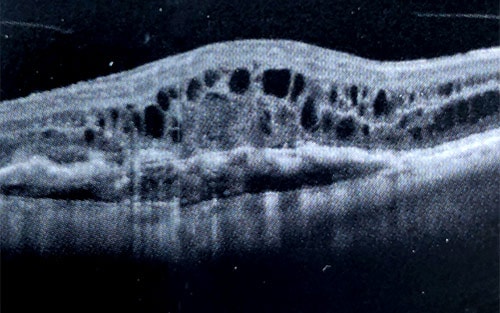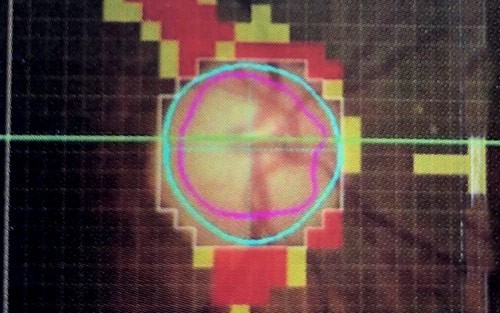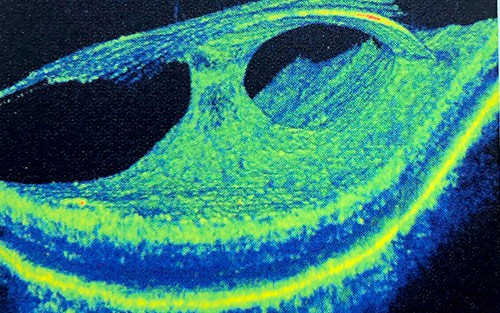OCT Scanning
Optical Coherance Tomography

OCT Scanning
Optical Coherance Tomography
What is OCT?
OCT - Optical Coherence Tomography is a hospital-grade, advanced eye scan for people of all ages. Similar to ultrasound, OCT uses light rather than sound waves to image the different layers that make up the back of the eye. The OCT captures both a digital photograph and cross-sectional scan of the eye at the same time.
Do I need an OCT scan?
Like with digital retinal photography, it’s very useful for your optician to have a baseline image on file, so they can refer to it every time you see us – even if your vision and eye health are perfectly fine.
So the next time you come in for an eye test, your optician might spot even the tiniest change in the eye’s structures that could indicate the early signs of an eye health condition like glaucoma, diabetic retinopathy and macular degeneration before you have any symptoms.
What does the OCT scan check for?
Common conditions identified through regular OCT screening include

Age-related macular degeneration
Age-related macular degeneration (AMD) is the leading cause of blindness in the UK. It causes gradual deterioration of the macula (the central portion of the retina which enables vision). There are two types of AMD; dry and wet. Wet AMD causes rapid reduction in vision and must be treated in hospital very rapidly. OCT can help to identify the early signs of AMD, determine whether it is the dry or wet form and help monitor its progress over time.

Diabetes
Over 4 million people are now diagnosed with diabetes in the UK, with experts claiming that over half a million people are currently suffering from undiagnosed type 2 diabetes. Diabetic Retinopathy is one of the leading causes of blindness in people of working age within the UK. OCT examination helps enable early detection of diabetic retinopathy, allowing early referral and management which can greatly improve the success rate of treatment.

Glaucoma
Glaucoma is a condition which causes damage to the optic nerve - the part of the eye which connects to the brain -and causes gradual loss in peripheral vision. Recent statistics suggest that some form of glaucoma affects around two in every 100 eole over the age of 40, rising to amost 1 in 10 in people pover p75 years. Because the early stages lof chronic glaucoma do not cause symptoms, regular eye examinations are essential to pick up glaucoma at its earliest stage so that ongoing damage can be prevented. OCT examination can measure numerous features at the back of the eye and facilitate early diagnosis of glaucoma. Furthermore, it can enable close monitoring of your eye health year-on-year, allowing identification of glaucomatous changes over time.

Vitreous detachments
Vitreomacular traction can be easily diagnosed through OCT providing invaluable information about the current relationship between the vitreous and the retinal
surface of the eye. As people get older the vitreous jelly that takes up the space in our eyeball can change. It
becomes less firm and can move away from the back of the eye towards the centre, in som cases parts do not detach and cause_'pulling' of the retinal surface. The danger of a vitreous detachment is that there is no pain and your eyesight will seem unchanged but the back of your eye may be being damaged.

Macular holes
A macular hole is a small hole in the macula - the part of the retina which is responsible for our sharp, detailed central vision. This is the vision we use when looking directly at things, when reading, sewing or using a computer for example. Macular holes usually form during a complicated vitreous detachment, when the vitreous pulls away from the back of the eye, causing a hole to form. Management of this condition needs to be carried out by an ophthalmologist in hospital.